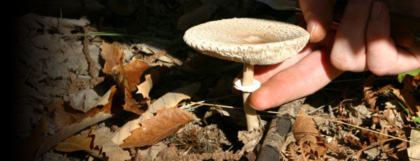|
Caracterização >
Descrição resumida em inglês
European Chestnut (Castanea sativa Mill.), oak (Quercus pyrenaica) and pine (Pinus pinaster) are forest trees with a great social and economic interest in the Northeast of Trás-os-Montes, where soil and climate conditions are most favourable for these cultures. Under these natural conditions, high quality of fruit (from chestnut tree) and wood production can be most relevant for people setting at the region, overcoming the progressive social undervalue of agrarian labour.
Edible mushrooms production is a very important alternative income for chestnut, oak and pine trees growers. Most of these plants are associated with edible mycorrhizal mushrooms establishing symbiotic associations with their roots. These facts can be particularly interesting on mycorrhizal chestnut, oak and pine plant production, by controled inoculation with native fungi. This fact resuls from the hight harvesting and commercialisation of edible mushrooms, during the last decade, from european countries, mainly Spain, France and Italy, constituting a very important economical activity for forest growers.
This project proposal intends to show the main advantages of edible mycorrhizal musrhooms harvesting and commercialization. A sustainable musrhoom harvesting can constitute an important income. The mycorrhization of chestnut, oak and pine trees with native edible mycorrhizal fungi can induce increased survival, growth of the plants and edible musrhooms production, wich can provide an economic alternative to the rural population of this region.
|





